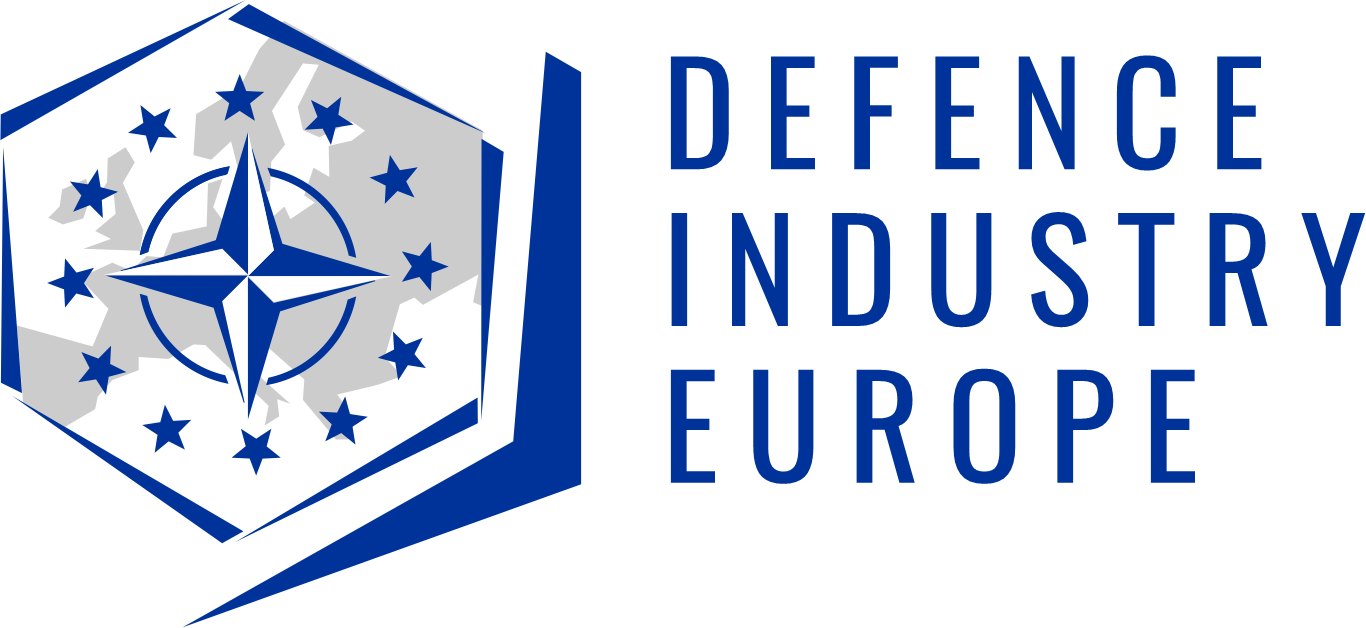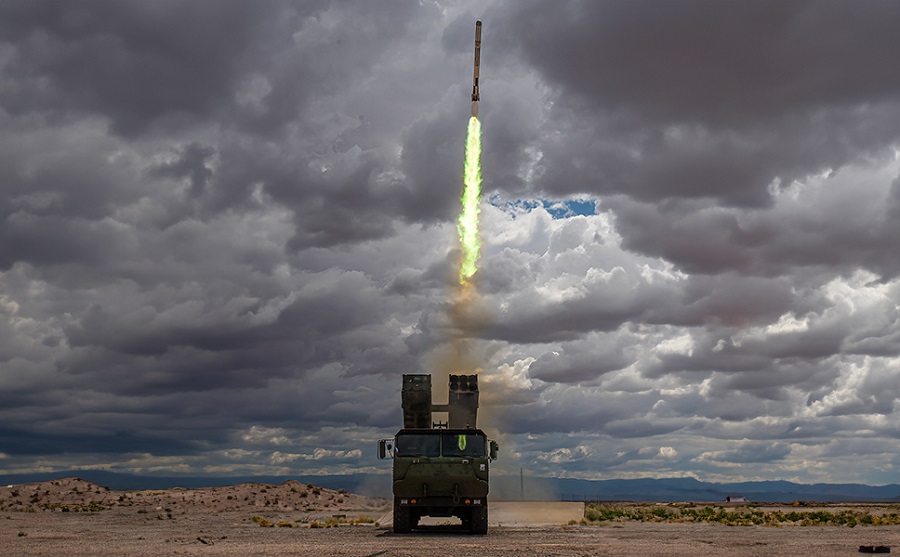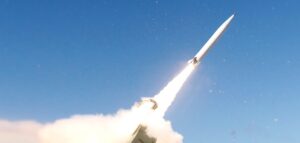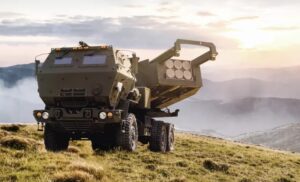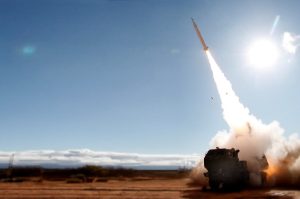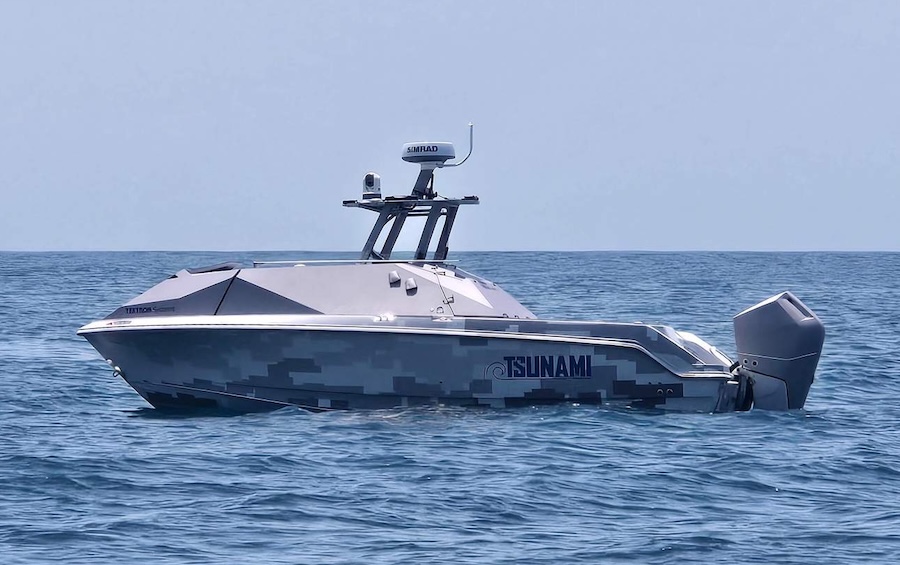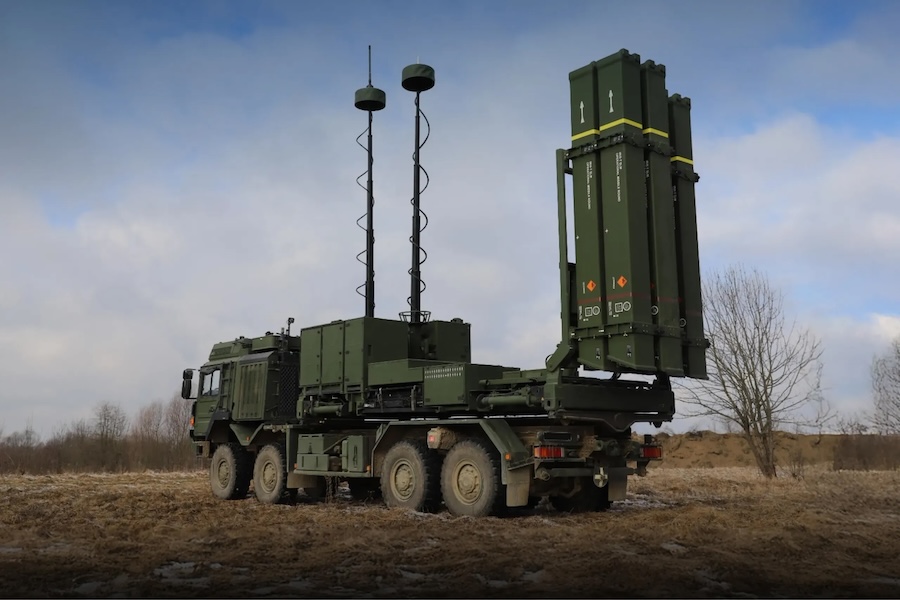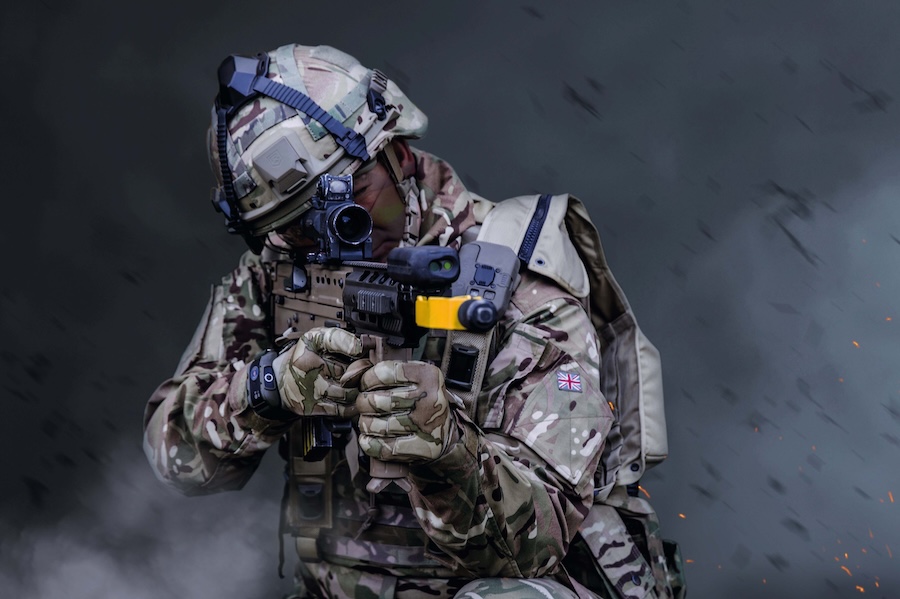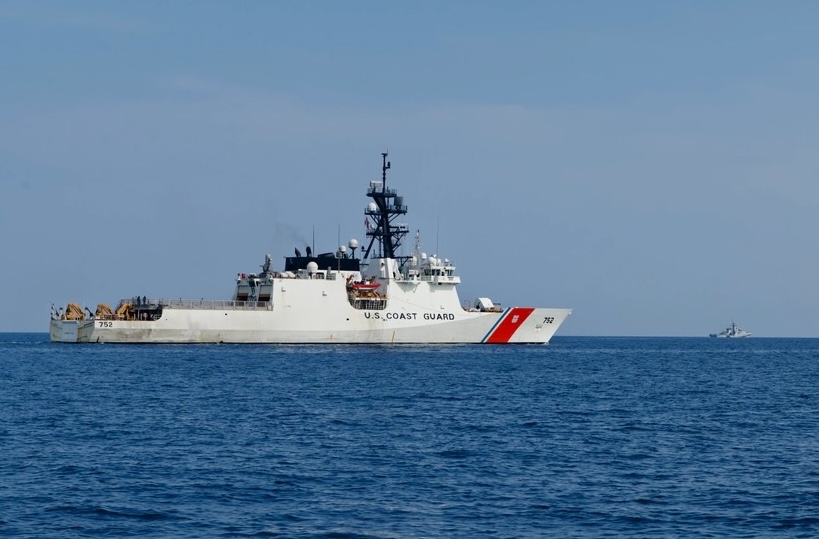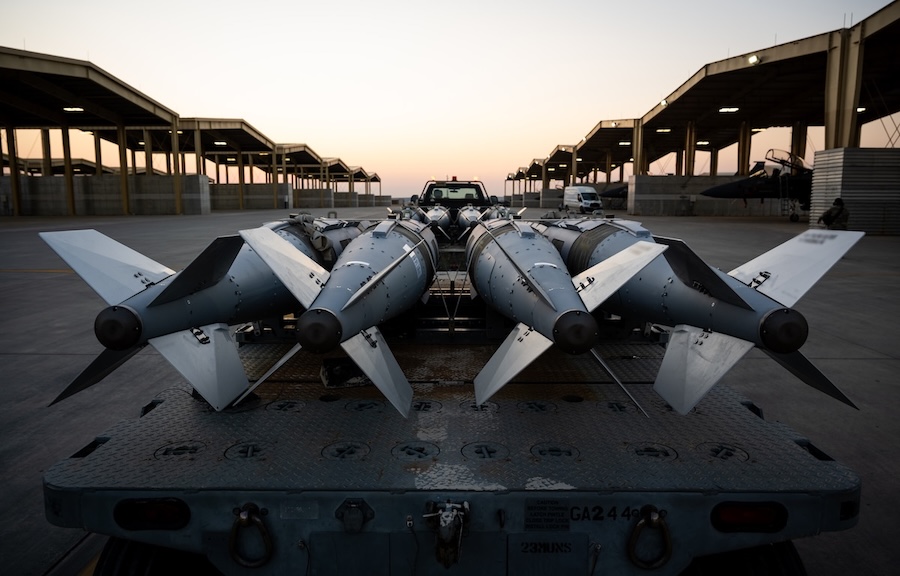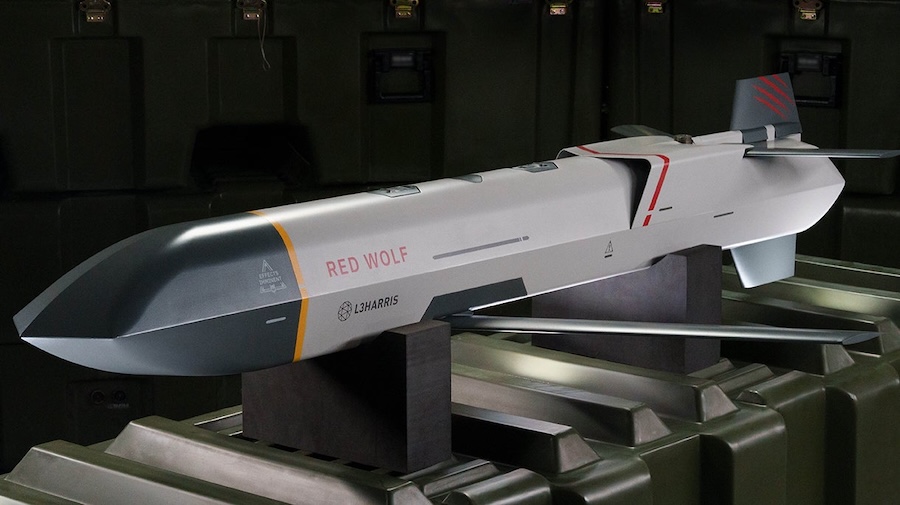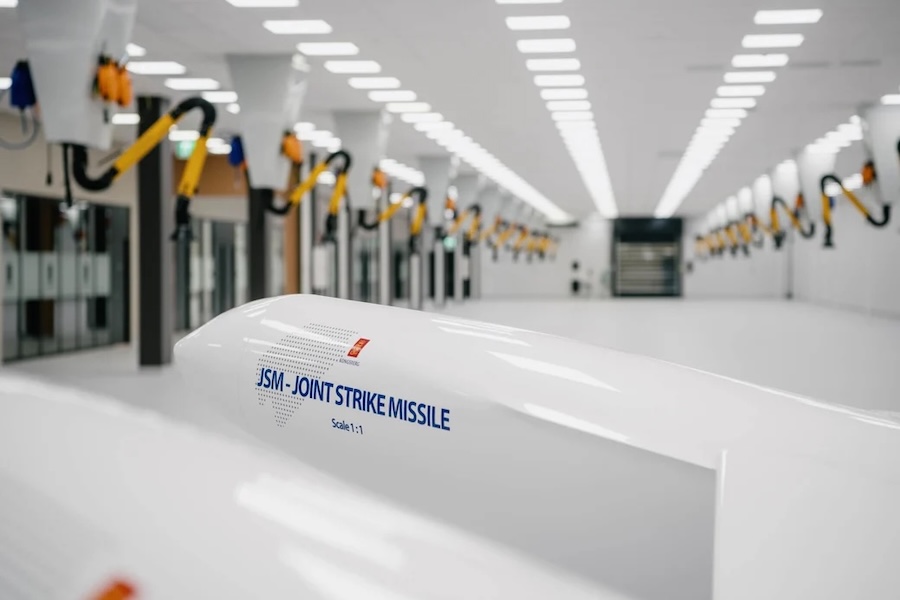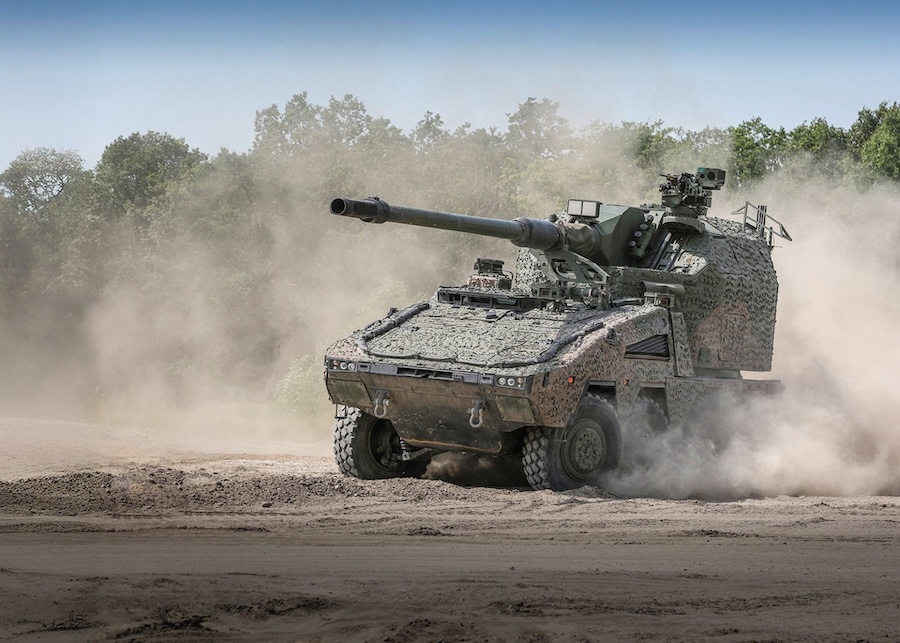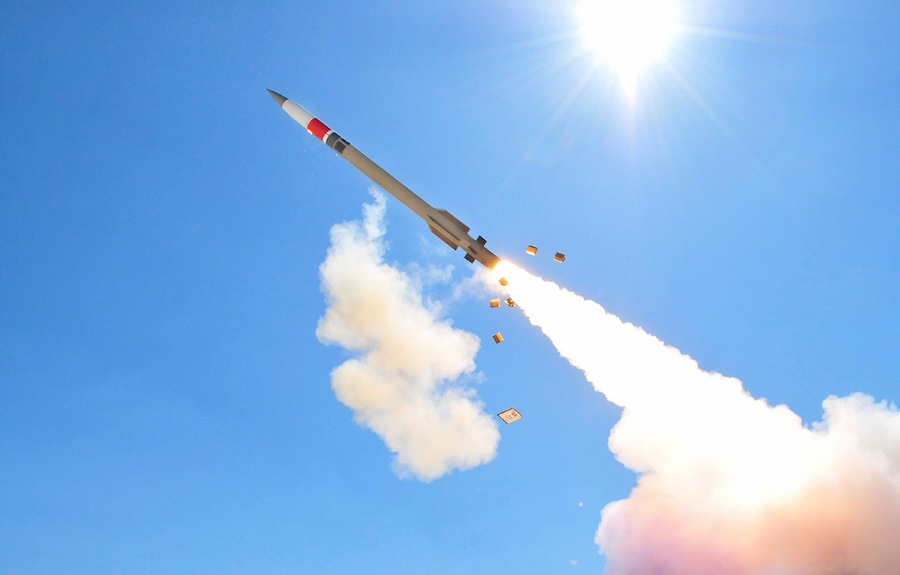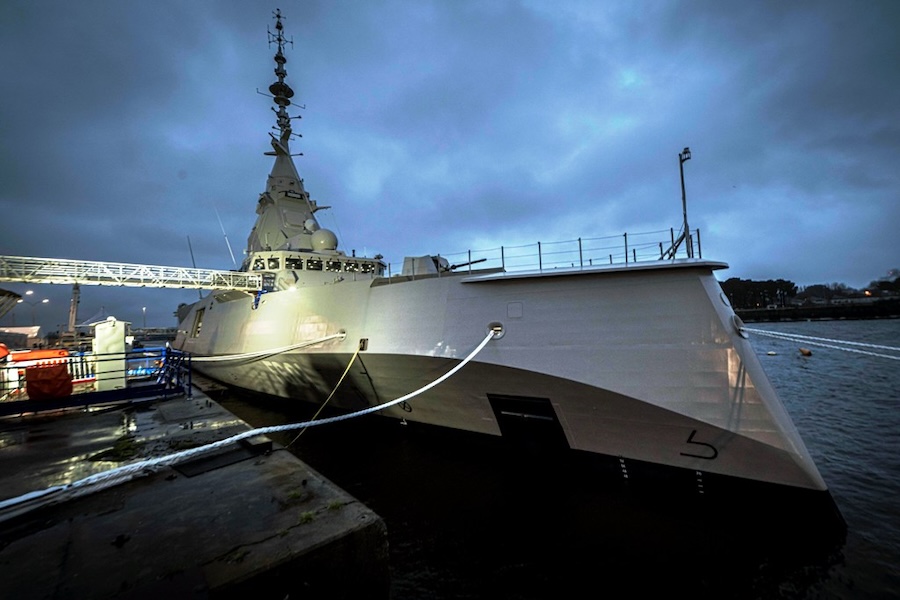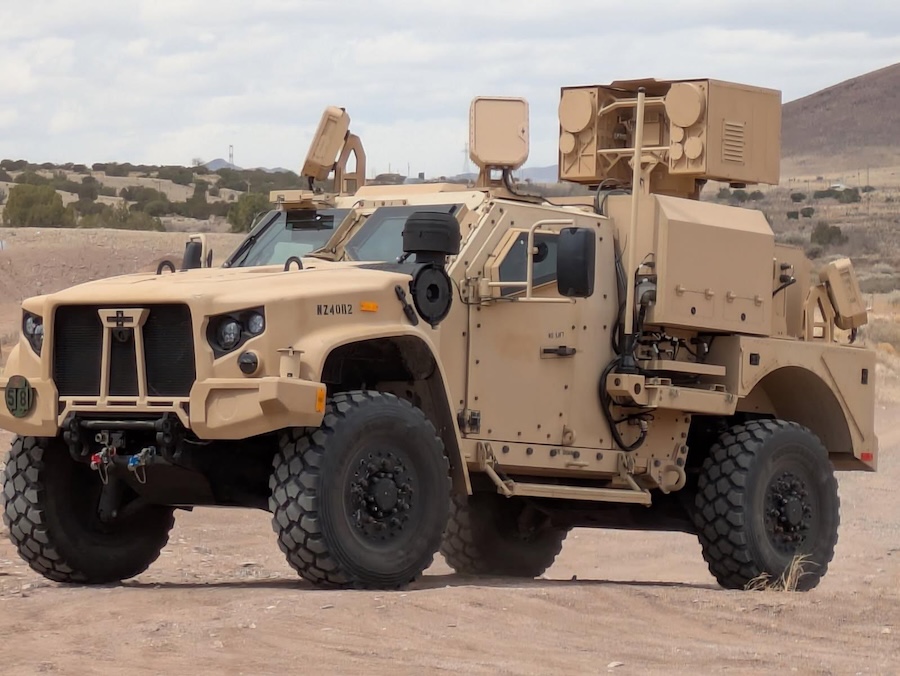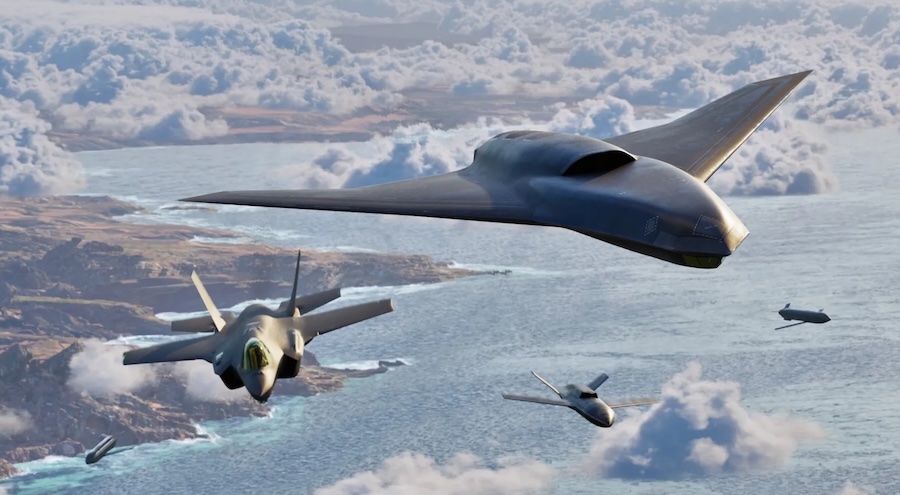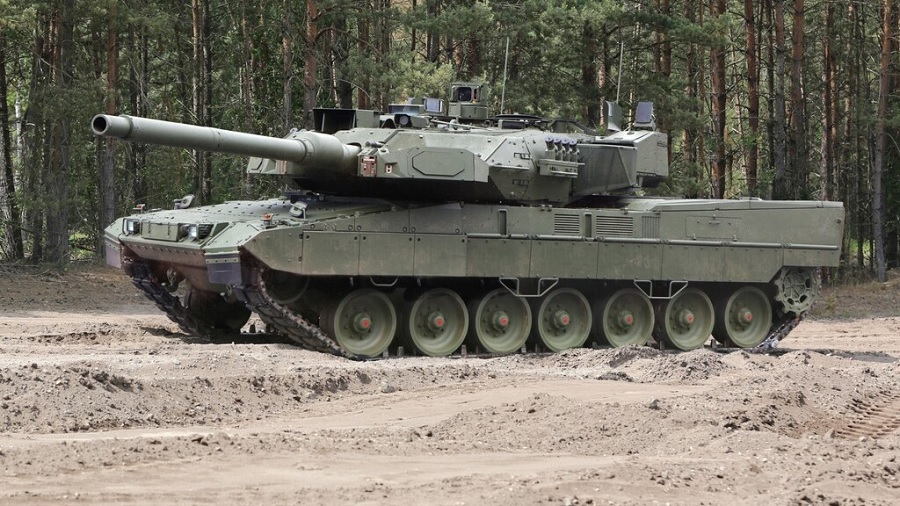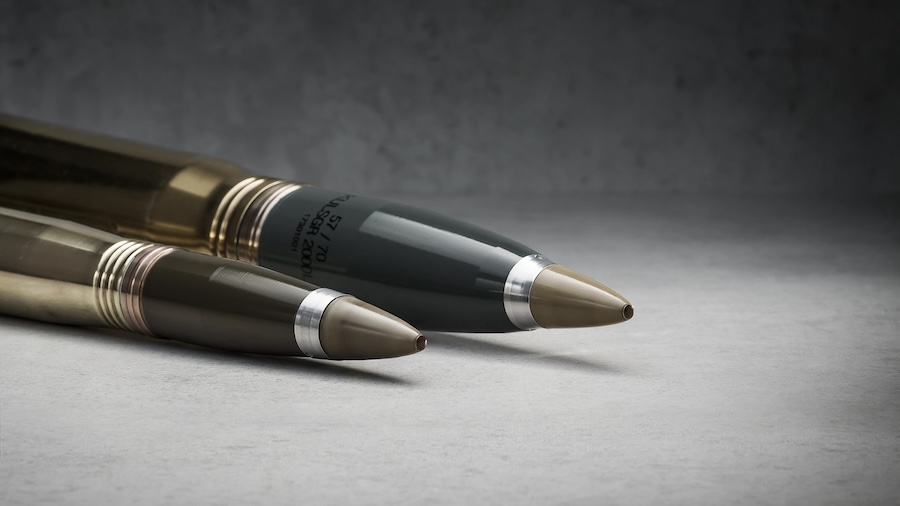The test highlighted the ability for soldiers to reuse rocket tubes and pods in the field, providing more training rockets per pod while saving time and resources. According to Lockheed Martin, this development will allow greater efficiency in training exercises without compromising capability.
“Our new prototype training round offers a scalable, cost-effective solution built on mature rocket motor technology,” said Dave Griser, vice president of Precision Fires Rockets at Lockheed Martin Missiles and Fire Control. “With a pod capacity of more than 20 rockets, it meets the Army’s demand for increased training volume and affordability without sacrificing performance.”
The JR3 is designed for use with HIMARS and MLRS M270 launchers, offering crews realistic live-fire training on constrained ranges. It is suitable for exercises conducted in various conditions, day or night, across multiple facilities.
Lockheed Martin confirmed that the JR3’s design not only cuts costs but also has potential applications for future projects such as the Army’s Direct Support Fires Technology initiative, focused on low-cost, mass-producible rockets compatible with existing launchers. “With our unique precision fires experience, advanced manufacturing and infrastructure, we’re positioned to offer scalable solutions in that space as well,” said Griser.



